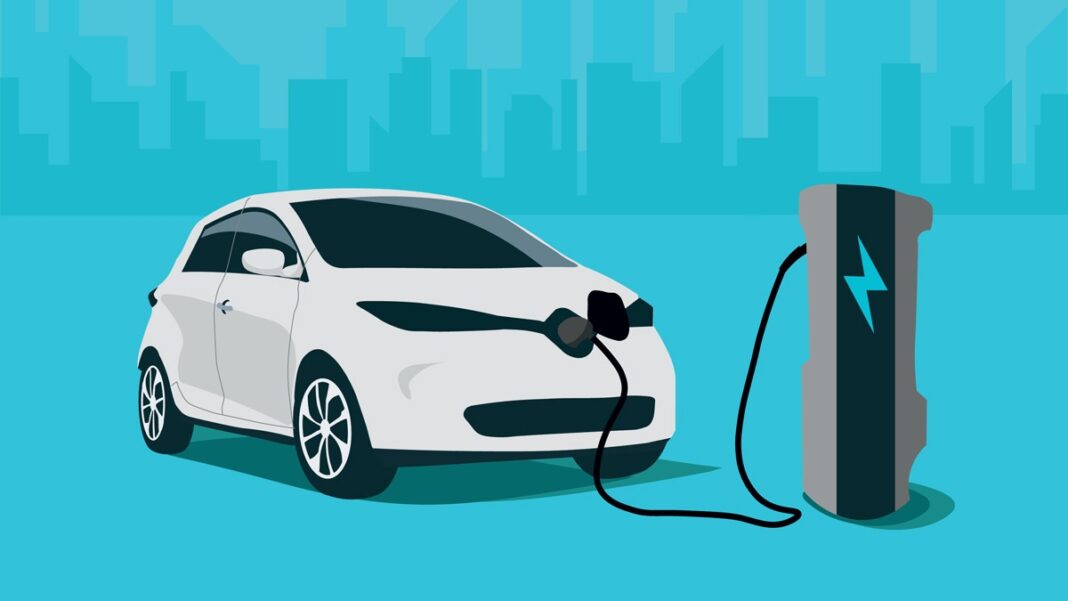“The Future of Electric Vehicles: Advancements, Challenges, and Market Trends”
Introduction:
Electric vehicles (EVs) have emerged as a promising solution to address environmental concerns and reduce dependency on fossil fuels in the automotive industry. As technology continues to evolve, the future of electric vehicles holds significant potential for advancements, but also presents various challenges and dynamic market trends. This article delves into the future of electric vehicles, exploring recent advancements, persistent challenges, and emerging market trends shaping the EV landscape.
- Advancements in Electric Vehicle Technology:
- Discuss recent advancements in electric vehicle technology, including improvements in battery efficiency, range, and charging infrastructure.
- Highlight innovations in electric vehicle design, performance, and affordability driving increased adoption and consumer interest.
- Challenges Facing Electric Vehicle Adoption:
- Explore persistent challenges hindering widespread adoption of electric vehicles, such as range anxiety, charging infrastructure limitations, and battery production concerns.
- Discuss regulatory hurdles, government incentives, and public perception barriers impacting the transition to electric mobility.
- Market Trends and Growth Prospects:
- Analyze current market trends and growth prospects for electric vehicles, including rising consumer demand, expanding product offerings, and increasing investment in EV technology.
- Explore regional variations in electric vehicle adoption rates, market dynamics, and government policies driving market growth and development.
- Technological Innovations and Future Outlook:
- Highlight promising technological innovations shaping the future of electric vehicles, such as solid-state batteries, fast-charging technologies, and vehicle-to-grid integration.
- Discuss the potential impact of autonomous driving technology, connectivity features, and shared mobility services on the evolution of electric mobility.
- Environmental and Economic Implications:
- Assess the environmental and economic implications of widespread electric vehicle adoption, including reductions in greenhouse gas emissions, air pollution, and dependence on fossil fuels.
- Discuss the potential economic benefits of electrification, such as job creation, energy independence, and opportunities for innovation and investment in the automotive sector.
Conclusion:
The future of electric vehicles holds tremendous promise for transforming the automotive industry and driving sustainable mobility solutions. While advancements in technology and increasing consumer acceptance signal a shift towards electric mobility, challenges such as infrastructure limitations and regulatory barriers must be addressed to accelerate adoption. By embracing innovation, overcoming obstacles, and fostering collaboration among stakeholders, the automotive industry can pave the way for a cleaner, greener, and more sustainable future powered by electric vehicles.


